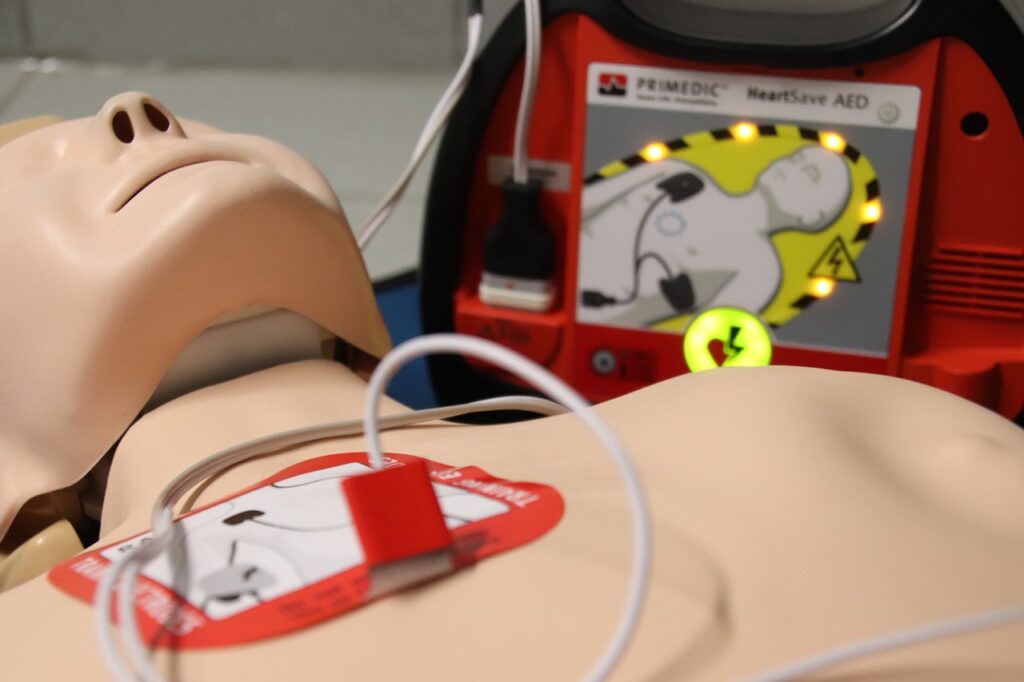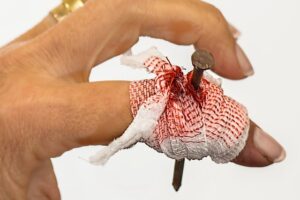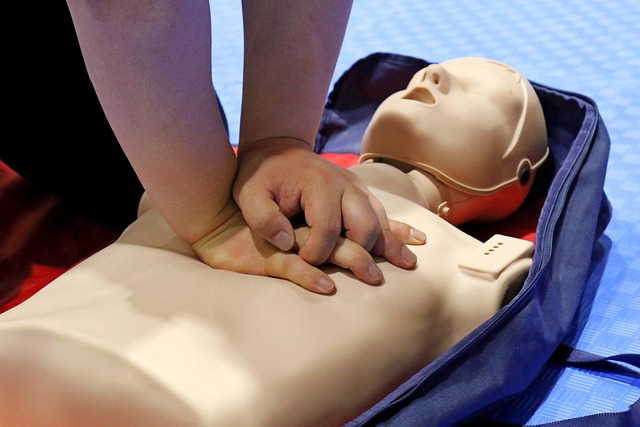
Emergencies can often strike when you least expect them. An accident, a medical crisis, or a natural disaster can turn an ordinary day into a life-threatening situation in seconds. A car accident can often happen when we feel like we’ve driven our Honda carefully. This might be the reason for the 2004 honda accord recalls. While we may hope we’ll never find ourselves in such dire circumstances, being prepared is crucial. Knowing essential lifesaving skills could mean the difference between life and death for someone you care about. In this post, we’ll cover some vital skills everyone should learn before an emergency strikes.
Imagine witnessing an accident where someone is severely injured. Would you know how to respond? Or picture your loved one choking at dinner—do you have the confidence to act quickly? These are scenarios no one wants to face, but having the right knowledge equips you with the ability to help effectively. So, let’s get started.
Controlling Severe Bleeding
 Controlling severe bleeding is a crucial skill that everyone should master. It’s important to act quickly, as uncontrolled blood loss can quickly turn into shock or even death within minutes. First, ensure the scene is safe for you and the victim. Then, use clean cloths or bandages to apply direct pressure on the wound. If the blood soaks through, do not remove it; simply add more layers of material on top. If possible, elevate the injured area above heart level. This helps slow the blood flow to the site of injury. For wounds on limbs, using a tourniquet may be necessary if applying pressure doesn’t stop the bleeding.
Controlling severe bleeding is a crucial skill that everyone should master. It’s important to act quickly, as uncontrolled blood loss can quickly turn into shock or even death within minutes. First, ensure the scene is safe for you and the victim. Then, use clean cloths or bandages to apply direct pressure on the wound. If the blood soaks through, do not remove it; simply add more layers of material on top. If possible, elevate the injured area above heart level. This helps slow the blood flow to the site of injury. For wounds on limbs, using a tourniquet may be necessary if applying pressure doesn’t stop the bleeding.
Basic First Aid
Being prepared with your first aid kit and skills can make a massive difference between life and death. Start with the ABCs: Airway, Breathing, and Circulation. Ensure that the airway is clear before checking for breathing. If someone isn’t breathing, call for help immediately. For minor injuries like cuts or scrapes, clean the wound gently with soap and water. Be sure to use an antiseptic and cover it with a bandage to prevent infection. Knowing how to treat sprains or strains is equally vital. Resting the injured area and using ice can reduce swelling effectively.

CPR
Now, let’s talk about CPR. Also known as Cardiopulmonary resuscitation, this is a critical skill that can save lives during emergencies. Knowing how to perform CPR effectively gives you the ability to act when every second counts. The process involves chest compressions and rescue breaths. For adults, start with 30 compressions at a depth of about two inches, followed by two rescue breaths. If you’re unsure about giving breaths, continuous chest compressions alone can also be effective. Timing is everything. Begin CPR as soon as you notice someone unresponsive and without a pulse. Call emergency services if possible before starting. Practicing this technique regularly is essential, as it becomes second nature in high-stress situations.
The Heimlich Maneuver
 The Heimlich Maneuver is another vital skill to have in an emergency. It’s designed for those moments when someone is choking or having something blocking their airways. Knowing how to perform it can save a life. First, assess the situation. If the person cannot speak or breathe, they likely need help. Stand behind them and wrap your arms tightly around their waist. Make a fist with one hand and place it just above their navel.
The Heimlich Maneuver is another vital skill to have in an emergency. It’s designed for those moments when someone is choking or having something blocking their airways. Knowing how to perform it can save a life. First, assess the situation. If the person cannot speak or breathe, they likely need help. Stand behind them and wrap your arms tightly around their waist. Make a fist with one hand and place it just above their navel.
Quickly grasp that fist with your other hand and sharply thrust inward and upward. Repeat until the obstruction is expelled, or the person can breathe again. Timing matters here; every second counts during a choking incident. These skills aren’t complex to learn but require practice and confidence. Taking a course or attending workshops is highly beneficial. Remember that emergencies don’t give warnings; being ready means having knowledge at your fingertips. Your ability to respond could save someone’s life—perhaps even your own or a loved one’s.
